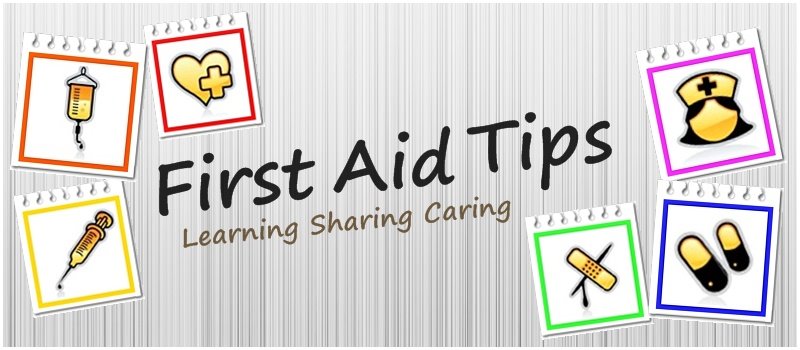Every the first time we attend the experimental lab especially chemistry lab, lab instructor always briefs us about the lab rules and emergency safety equipments. Every lab users should always obey the rules for safety purpose.
Accidentally during the experiment, you get:-
First Aid Treatment:
Poison on the Skin
1. Remove contaminated clothing.
2. Avoid contact with the chemical again.
3. Wash the skin with cool running tap water for 15-20 minutes.
4. If your whole body gets poison, quickly get to the Laboratory Emergency Shower (available in Curtin lab) and give yourself an emergency shower.
5. Witness should inform instructor quickly.
Poison in the Eye
1. Holds your eyelids open
2. flood the eye with water from a cup, jug or slowly running tap water for 10-20 minutes.
3. Uses laboratory Emergency Eyewash if available.
4. Witness should inform instructor quickly.
Inhaled Poison
1. Get the person to have fresh air as quickly as possible if safe to do so.
*If you could not bear with the smell in the lab, ask permission from instructor to go out to have some fresh air.


